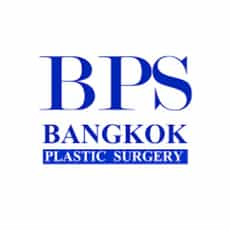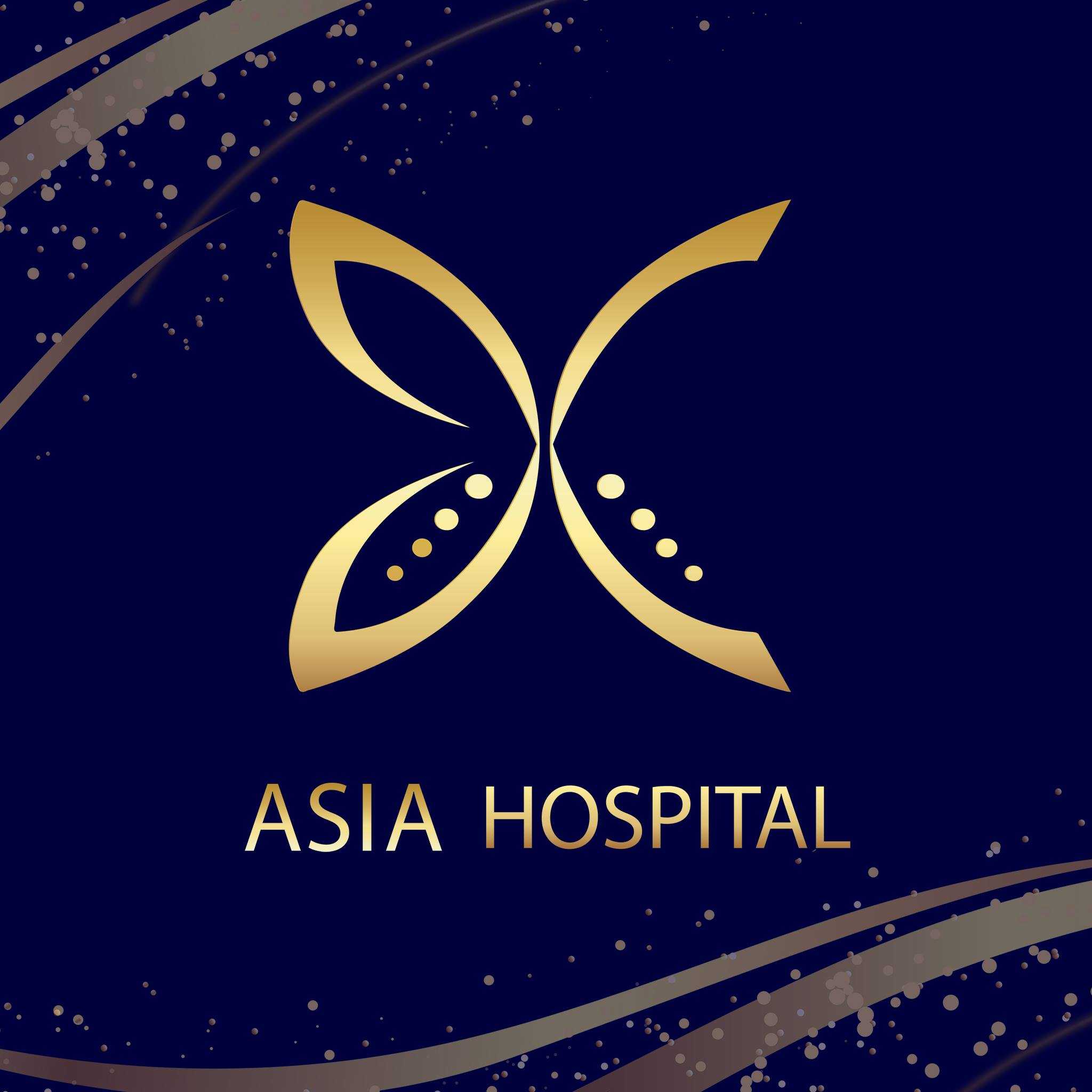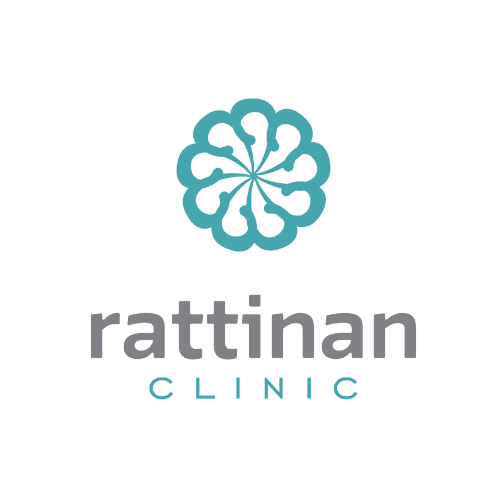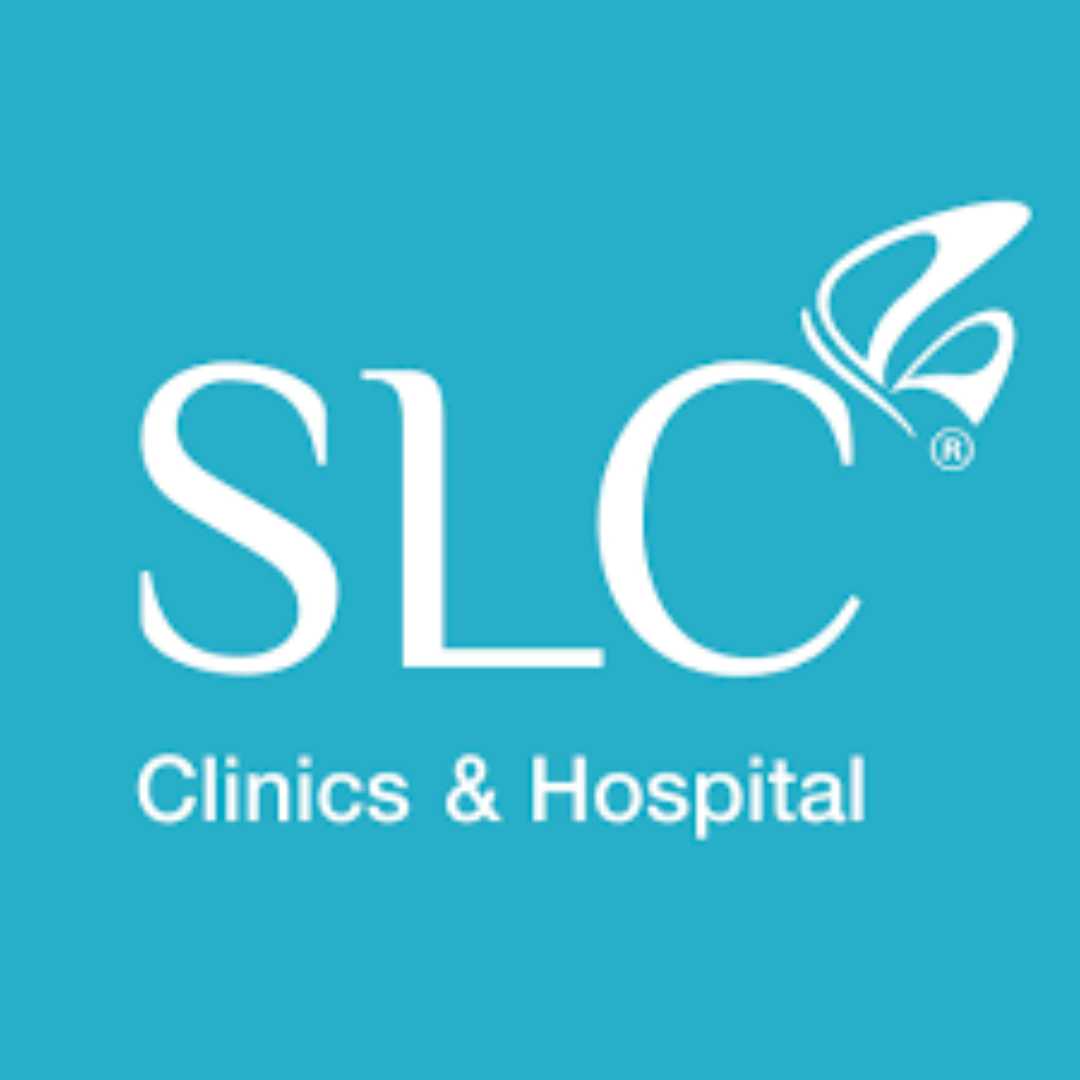What to Expect After Your Breast Reduction in Thailand

Opting for a breast reduction in Thailand is a significant decision that combines a transformative surgery with the experience of traveling to a beautiful country known for its world-class medical facilities. As you consider this life-changing procedure, your main questions likely revolve around the recovery process. What can you expect in the days and weeks following surgery? How long will you need to stay in Thailand? And how do you ensure a smooth, safe, and comfortable healing journey far from home?
This comprehensive guide is designed to walk you through every stage of the recovery process for breast reduction in Thailand. We understand that recovering in a foreign country has unique considerations, and our goal is to provide clear, friendly, and expert answers to all your questions. From the immediate post-operative hours in a state-of-the-art Thai hospital to your return home and long-term aftercare, we'll cover the essential details. We will discuss the recovery timeline, pain management, activity restrictions, and the emotional journey, ensuring you feel fully prepared and confident about your decision to pursue a more comfortable and confident you.
How long is the immediate recovery in the hospital?
Your recovery begins the moment you wake up from anesthesia. You'll be in a recovery room, likely feeling groggy, sore, and snug in a surgical bra and bandages. The first 24-48 hours are crucial for your safety. The nursing staff at reputable Thai hospitals are highly experienced in caring for international patients and will be attentive to your needs. They will manage your pain with medication, check your incisions, and may monitor small drainage tubes placed to prevent fluid buildup.
Before you are discharged, your surgeon will visit you to assess your progress. They will provide specific instructions on how to care for your incisions, how to wear your surgical bra, and what medications to take. This is a great opportunity to ask any immediate questions you might have. You will be discharged to your nearby hotel or recovery apartment once the surgeon is confident you are ready.
What is the typical week-by-week recovery timeline?
Understanding the phased nature of recovery can help you set realistic expectations. Here’s a general breakdown:
How long should I plan to stay in Thailand?
While the surgery itself is the main event, the time you spend in Thailand afterward is a critical part of the process. Rushing home too soon can increase the risk of complications. A 10-14 day stay allows for:
- A crucial follow-up appointment: Typically scheduled 5-7 days post-op, where your surgeon will check your incisions, remove any drains, and change your dressings.
- Stitch removal: If you have non-dissolvable stitches, they are usually removed around the 7-10 day mark.
- Rest and recovery: It gives your body time to heal from the initial trauma of surgery before you undertake a long-haul flight.
- Peace of mind: Being near your surgeon provides immense comfort in case you have any concerns or minor issues arise.
Many patients view this period as a "recovery vacation," resting in a comfortable hotel in Bangkok or a serene resort in Phuket.
What level of pain can I expect?
The level of pain experienced is subjective, but most patients find it manageable. It's less of a sharp, intense pain and more of a significant soreness, similar to the feeling after an extremely strenuous chest workout. The surgical bra provides compression which helps to control swelling and, in turn, reduces pain.
Your Thai clinic will provide a course of pain relief medication, which you should take as scheduled, especially for the first few days, to stay ahead of the pain. After about 5-7 days, many patients can switch to over-the-counter pain relievers like paracetamol if needed. If you experience sudden, severe, or one-sided pain, you should contact your clinic immediately as it could be a sign of a complication.
When can I shower after surgery?
Your surgeon will give you the definitive green light to shower. When you do, you'll need to be gentle. Let lukewarm water run over your shoulders and back, and let the soapy water run down over your chest. Avoid direct, high-pressure spray on the incisions. Pat the area dry very gently with a clean towel; do not rub.
It is crucial to avoid soaking in a bath, hot tub, or swimming pool for at least 4-6 weeks, or until your incisions are fully healed and your surgeon gives you clearance. This prevents the risk of infection in the healing wounds.
What are the restrictions on activity?
Protecting your incisions is the top priority. The "no heavy lifting" rule is absolute and includes everything from groceries and luggage to children and pets. Strain on your upper body can stretch or even open your healing wounds. Walking is the only exercise encouraged for the first few weeks as it promotes circulation and prevents blood clots.
You can gradually increase your activity level after about a month, but always listen to your body and your surgeon's advice. High-impact activities like running, aerobics, and heavy weightlifting should wait until at least the 6-8 week mark.
What kind of bra will I need to wear?
The post-operative bra is a critical medical device. It's not about aesthetics; it's about supporting your healing tissues, minimizing swelling, and helping your breasts settle into their new shape. You will wake up from surgery wearing one, and your clinic will likely provide one or two for you.
After the initial 3-6 weeks, the fun part begins—shopping for new bras! However, you'll need to stick to comfortable, supportive sports bras for a while. Underwires can dig into and irritate your healing incision lines, which often sit in the breast crease. Your surgeon will advise when it's safe to wear underwire or more decorative bras.
How do I care for my scars?
Breast reduction scars are typically in an anchor or lollipop shape. While they are permanent, their appearance can be greatly minimized with diligent care. The two most effective, medically-backed methods are:
- Sun Protection: This is non-negotiable. UV exposure can permanently darken healing scars. Keep them covered with clothing or apply a high-SPF sunscreen (SPF 50+) directly to the scars for at least a year.
- Silicone Therapy: Silicone sheets or gels are proven to help flatten, soften, and fade scars. They work by hydrating the scar tissue and creating an ideal healing environment. You can start using these once your surgeon gives the okay.
Gentle massage can also help to break down scar tissue once the area is less sensitive. Your clinic in Thailand can recommend specific products available locally.
What should I pack for my recovery in Thailand?
Packing for a surgical recovery trip is different from a typical vacation. Comfort and convenience are key.
- Front-closing tops: Button-down shirts, zip-up hoodies, and robes are essential as you won't be able to pull shirts over your head comfortably.
- Loose pants: Elastic-waist pants or leggings are easy to pull on and off.
- Entertainment: You will be resting a lot, so bring books, download movies, or have podcasts ready.
- Comfort items: A travel neck pillow can be a lifesaver on the flight home and for propping yourself up in bed.
- Necessary documents: Keep your passport, flight details, and all communication from your clinic in an easily accessible place.
Is it safe to fly back home after surgery?
Your surgeon will give you the final clearance to fly. The main concern with long-haul flights after surgery is the increased risk of Deep Vein Thrombosis (DVT). To mitigate this risk, you should:
- Request an aisle seat: This makes it easier to get up and walk around at least once an hour.
- Perform in-seat exercises: Flex and point your ankles regularly to keep blood flowing in your calves.
- Stay hydrated: Drink plenty of water and avoid alcohol and caffeine, which can be dehydrating.
- Wear your surgical bra: It will provide necessary support and comfort during the flight.
- Arrange for assistance: Don't lift your own luggage into the overhead bin. Ask flight attendants or fellow passengers for help.
What about the emotional recovery process?
The physical transformation is often accompanied by an emotional one. In the first week, it's normal to feel emotional and question your decision, especially when you are swollen and uncomfortable. This is a temporary phase. As the swelling goes down and the pain subsides, you will start to see the positive results of your surgery.
It's important to have a good support system, whether it's a friend or family member traveling with you, or regular video calls with loved ones back home. Seeing your new, more proportionate figure take shape is incredibly rewarding, but allow yourself the grace to experience the full spectrum of emotions during the healing process.
Your journey to a more comfortable and confident life is within reach. If you're ready to explore your options for a safe and affordable breast reduction, let PlacidWay be your guide.Explore PlacidWay to connect with internationally accredited hospitals and expert plastic surgeons in Thailand. Get personalized, no-obligation quotes and start your journey today.


.png)



.png)










Share this listing